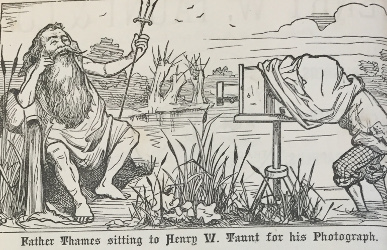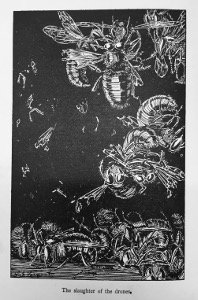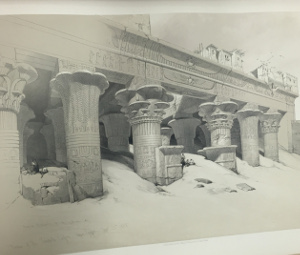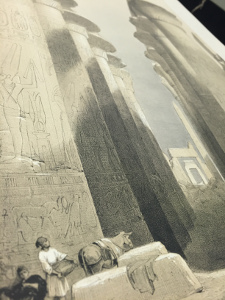Written by Louise Cowan, Trainee Liaison Librarian.
This week’s Travel Thursday focuses on adventure a little closer to home, with Henry Taunt’s ‘New Map of the River Thames’ (c.1878) [Reserve 914.22 TAU]
An Oxford-based photographer, Taunt won great acclaim for the high quality and technical skill displayed in his work, and his photographs, sketches and maps helped to transform, ‘the popularity of the Thames during the Victorian era.’ (In the Boat Shed).
Sometime resident on the river, Taunt could often be spotted ‘in his nautical garb and yachting cap’ (Oxfordshire Blue Plaques) and was known to expertly capture the people and places along the river, providing, ‘an excellent record of late nineteenth and early twentieth century architecture, and town and rural life.’ (National Archives).
Taunt’s ‘New Map of the River Thames’ of which we hold the 5th edition, was described by Taunt as a guide, ‘giving every information required by the tourist, the oarsman and the angler.’ Indeed it contains a wealth of insights into the canals and towns along the Thames during the late nineteenth century, including lock tolls and timetables, charts of distances along the canals, navigation advice, and even tips on preparing a water-tight sheet, (some good duck, boiled linseed oil and strong sewing skills required!)
Each place of note along the river is given a carefully sketched map alongside photographs of sites you may see along the way. This sketch of Reading for example, includes photographs of Caversham, Hardwicke House and Mapledurham.
The maps are accompanied by a description of some of the main tourist sites in each place. For Reading, Taunt, of course mentions the famous Huntley and Palmers’ biscuit factory, adding that you can pay it a visit, ‘by order obtained on application.’ However, he states that the greatest attractions by far are the Abbey ruins and the Forbury pleasure gardens. Taunt explains their long history and points to the unusual formation ‘of the “Queen’s Head” […] made by the combination of some of the broken walls seen through an opening in them.’ The ruins he declares, ‘form a
charming resting-place if a little time to spare in Reading.’
The advertising pages included at the front and back of the book are equally interesting. For example, you could visit ‘Lovejoy’s Library’ apparently the, ‘Largest Provincial Library in the Kingdom’ run by a Miss Langley on London Street in Reading or you could hire a boat from Arthur Henry East at the Kennet’s Mouth if you fancied trying out some of the routes sketched in the guide.
Meanwhile, the adverts at the front of the book boast the talents of Taunt himself, one giving a delightful sketch of his shop on Broad Street, Oxford while another features a fun cartoon of Taunt photographing an anthropomorphised ‘Father Thames’.
As a result of his fantastic survey and mapping of the River Thames, Taunt was elected as a Fellow of the Royal Geographical Society, (Oxfordshire Blue Plaques) and he is credited with sparking, ‘a national love affair with the river that remains to this day,’ (In the Boat Shed).
Sources:



















